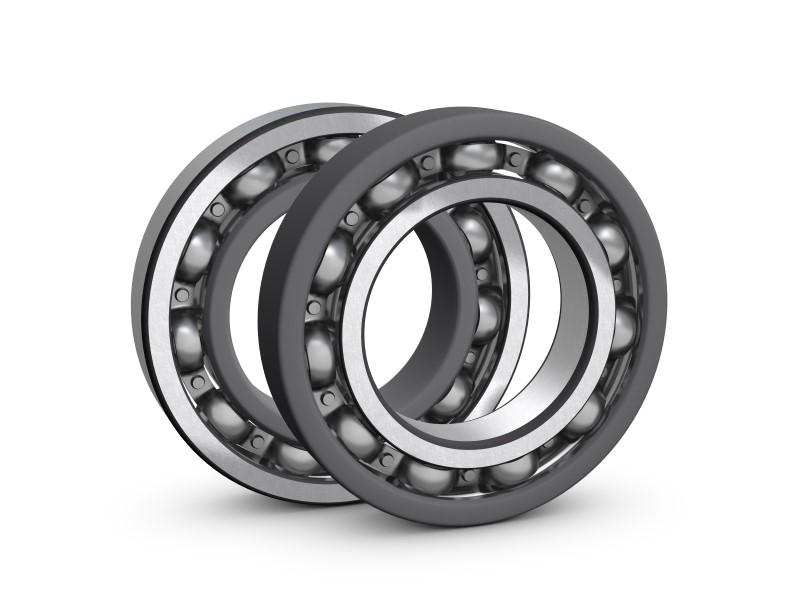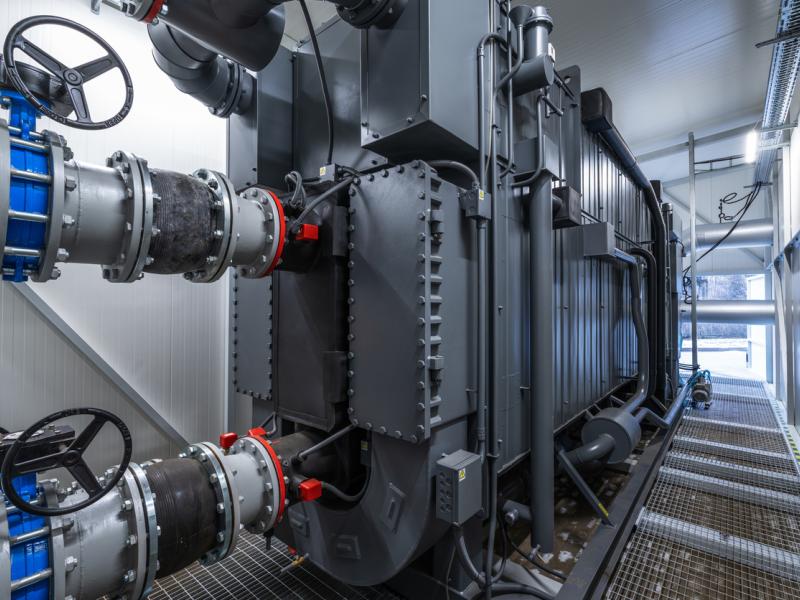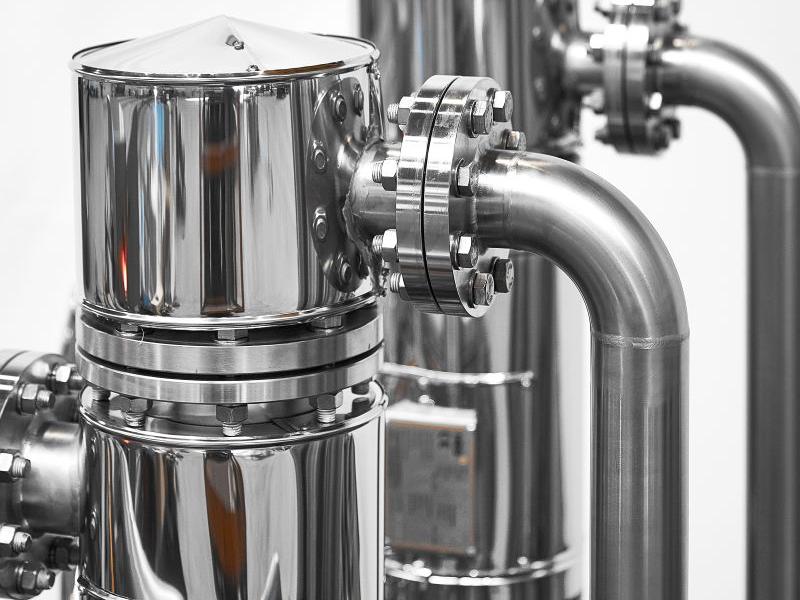As the global climate continues to change in alarming ways and as energy prices and consumption are once again on the rise, saving energy has never been more critical for industry and for the planet, but can we afford the investments required?
In 2015, the UN launched 17 Sustainable Development Goals. These goals are referred to as the Global Goals for Sustainable Development and as Agenda 2030. It is expected that these goals will drive legislation, policies, investments and activities on national, regional and industrial levels.
Energy consumption cost is often more than 10 percent of the companies operating profit. At the same time, thousands of tons of CO2 are emitted during the generation of the energy used. Few topics are as important for a company’s bottom line, and for the world around us, as sustainable manufacturing where energy saving is an important part.
The most effective way to reduce energy cost and emissions is to become more sustainable by eliminating energy waste and deploy more energy efficient solutions in our factories, transports, warehouses and offices in the areas of:
Manufacturing
Misalignment not only reduces the life of the bearings and couplings, but it also consumes power. It is common to see misalignment resulting in up to 10 percent of losses. While the percentage of savings may not seem very significant, a plant that reduces energy consumption by four percent on an energy bill of $50,000 per month would save $24,000 in just the first year. This certainly justifies both the purchase of a conventional alignment tool and a higher-end laser shaft alignment system.
Leaking pneumatic fittings is another example of wasted power. We know that it costs a lot of money, but how often do we invest in a simple leak detector and audit fittings? Making sure the fittings are tight will save energy and money. Increasingly dual systems are installed, one for lower air pressure requirements, which demands much less energy, and another one when air pressure needs to be boosted.
Transportation
Most companies today have their CRM systems in place. This makes planning of shuts easier and components required can be ordered ahead of time. When a supplier receives orders ahead of time, shipments can often be better planned with more products and less unused space in containers and more efficient shipping. Instead of overnight flight distribution delivered in single package. Weekly consoles or even sea-freight can be used. Not only will the cost be lower, but the environmental impact will dramatically decrease. One example is the transportation emission from SKF’s operations – just over one percent of products was shipped by air in 2017, but this accounted for 30 percent of transport emissions.
Raw material
and components
Replacing an open spherical roller bearing with a sealed version on average can extend the service life by up to four times that of an open bearing in a contaminated environment. Manufacturing a bearing takes about 100 unique processes – from raw material extraction through refinements and assembly. Every process will require energy causing emissions and waste. The environmental benefits are significant considering the total impact of manufacturing and transportation, as well as compounds and chemicals used in the various processes.
Hybrid bearings is another example of sustainable choices. The stiff ceramic balls reduce the friction in the bearing. Operating temperature is reduced, and less lubrication is requiredimproving the service-life of the bearings which is often doubled or even tripled.
In conclusion to fulfill the agenda 2030 we need to change our way of thinking and acting. The question now becomes; “Who cannot afford to invest in sustainable solutions and thinking?”
For further information, contact your local authorised SKF distributor or email customerservice.nz@skf.com.






